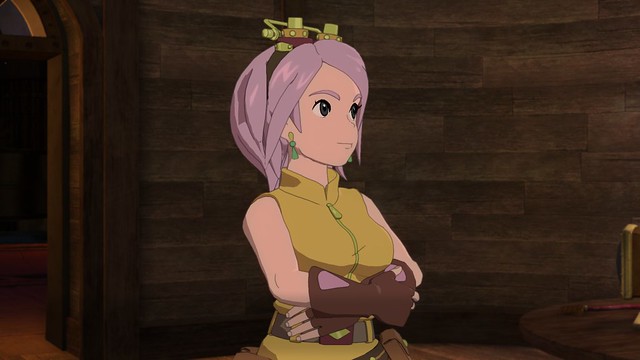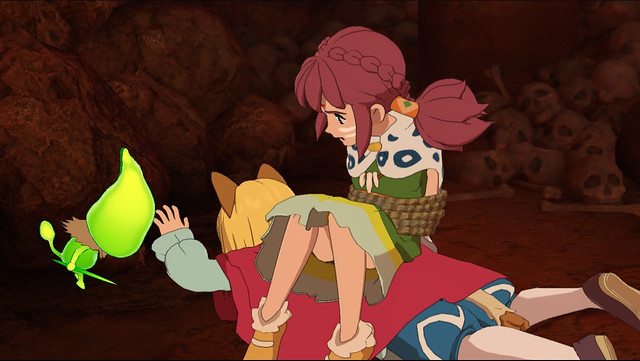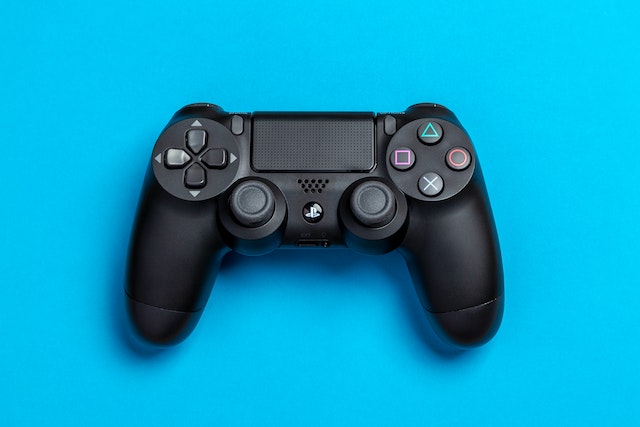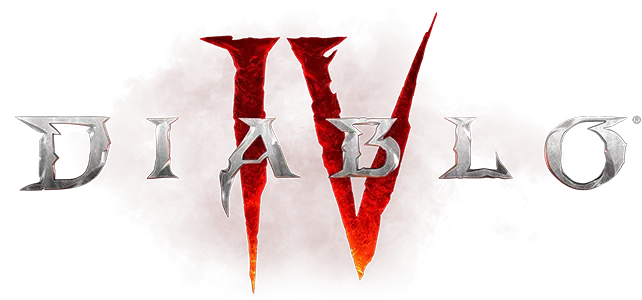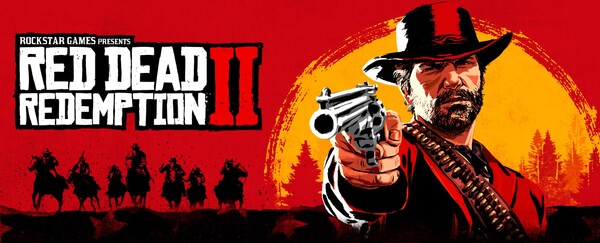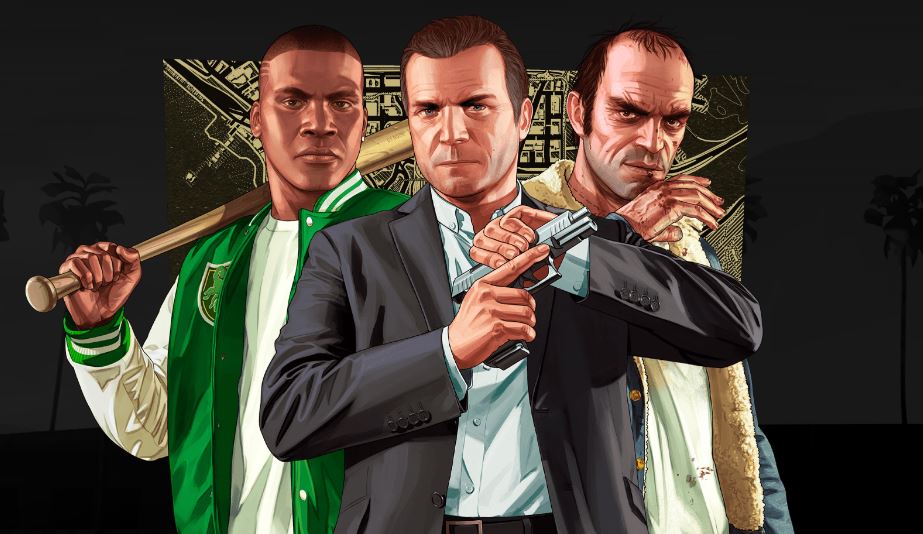[Disclosure: A review copy was provided for the contents of this article]
Ni No Kuni 2: Revenant Kingdom is something of a conundrum. It looks like Ni No Kuni, it sounds like it and on rare occasions, it almost reaches the same narrative heights in the same way. It is not, however, even remotely like it’s predecessor. Firstly, Studio Ghibli’s masterful, nuanced storytelling is absent except for those rare high points – and boy does it show – but what Level-5’s sequel lacks in plot, it more than makes up for in game play.
I never finished the original game, because whilst I found the plot deeply moving and very compelling, I simply could not bring myself to fight through the atrocious combat – it simply bored me to death. I doubt I was alone in that criticism, so the good news for returning fans is that combat in Ni No Kuni 2 is fantastic, offering the kind of varied and exhilarating experience that will keep a player returning time and time again.
There’s a whole raft of other new content as well, including both a well featured kingdom building mode and a decent enough real time strategy offering. The former of these modes is probably the most fitting way to link the revised game play to the story of Ni Nu Kuni 2, which centres on the tale of the youthful and recently deposed (but nonetheless rightful) king of Ding Dong Dell, Evan, and his fish-out-of-water companion Roland.
On that note, it is the introduction of Evan and Roland that really signposts the kind of experience that this sequel offers, at least at the narrative level. Rather than target the same slow, deliberate and heartbreaking style that the first game offered, backed with the perfectly timed introduction of the now iconic Mr Drippy, Ni No Kuni 2 sets off at a much faster pace. Unfortunately, it does so in a vague, uninteresting direction that left me with serious doubt about how the rest of the experience would pan out.
One minute, Roland is the President of an unnamed country on what looks like the Earth that we know and love. Nuclear war breaks out and is apparently killed, at which point he awakens besides Evan, a young grimalkin (cat person) right at the moment when his late fathers most trusted adviser is in the middle of staging a coup. Rather than question his arrival into this alternate world, Roland simply slips into the role of an older brother without so much as a second thought – or a single passage of interesting dialogue.
That, in itself, is a big problem with Ni No Kuni 2, which features beautiful graphics, an incredible musical score and a number of lengthy cut scenes, but almost no significant voice acting. Most discussion is presented as written text accompanied by a single word or two from the character in question, but only the most critical scenes are fully voiced. This does nothing to add texture to an already thin, somewhat stereotypical cast of characters, so it wasn’t until perhaps 20 hours in that I really began to feel much connection to them.
It’s rare that I lead a review with the negative elements in a game, but I suppose it does make a nice change to finish on several high notes, because regardless of everything that I’ve said so far, Ni No Kuni 2 is still an exceptional game. Take the combat system, for example, which hasn’t simply been upgraded from “crap” to “acceptable” – it is, in fact, fantastic, even if it is a bit easy. I’d go so far as to suggest that in one way or another, Ni No Kuni 2 addresses almost all of the issues that I have with JRPG combat in general, which is quite a list.
Gone are random encounters, which are replaced by a map exploration system that instantly shifts the player party into combat whenever an enemy comes into contact. Whilst most enemies of equivalent or higher level will pursue the party, some can be outrun, whilst weaker mobs will almost always steer clear when they can. Once battle is joined, the player can switch between party members in an instant, each of whom can equip three melee weapons and a ranged attack, with additional access to a range of unique skills.
Whilst this approach results in fewer customisation options than might usually be seen, it does ensure that each character has a strong battlefield personality to make up for the absence of one outside the fight scenes. All combat takes place in real time using the face buttons for swinging weapons and jumping along with the shoulder buttons for dodging, blocking and skill selection. Every weapon has a charge mechanic than enables skill access and other bonuses at 100%, so weapon switching is encouraged.
There’s also a buddy system that uses a race of elementally aligned sprites called Higgledies to introduce both passive and environmental effects on combat. The party can “equip” up to four Higgledies, each of whom has his or her own personality and as you can probably guess, there are specific benefits to different combinations that can be tailored to suit your needs. These allies will attack autonomously in battle, but it is much more interesting to use their active attacks, which can be triggered by locating the Higgledies on the battlefield and charging them up.
Fighting feels rewarding and involving regardless of the foe, but due to the fact that it is a little easy, players will also feel unusually confident tackling the occasional higher level opponents marked in red. These often larger, more imposing beasts present a threat which is closer to the average mid point for other games, but in Ni No Kuni 2, the quality of fighting is sufficiently high that the game could have used them more frequently to further enhance the experience.
The real time strategy style Skirmish sequences are slightly less well implemented, with Evan commanding a handful of units around small maps filled with cherry picked choke points and other strategically obvious places to trap and defeat enemies. This mode feels a bit like combat infused Pikmin and because it isn’t overused by the core story, it remains a welcome distraction. The kingdom building features of the game are even more interesting and it’s pleasing to see Evan hand-crafting the fairytale realm that he always dreamed of, including placing the buildings himself and selecting its inhabitants carefully from in game NPC’s.
Ultimately, it is the sum of all these features alongside the exceptional overall quality that enabled me to fall in love with Ni No Kuni 2. It’s faster pace and less engaging characters make it harder to pick up and stick with than the original, but it’s mechanisms and systems come together in the end. It may lack the Ghibli magic that the first game excelled for, but it is magical in its own way, with a particular focus on providing more of a videogame experience that I, at least, think makes it a better overall offering.

